Python Developer Course Program in Pune, IN
(4.9) 2345 ratings.

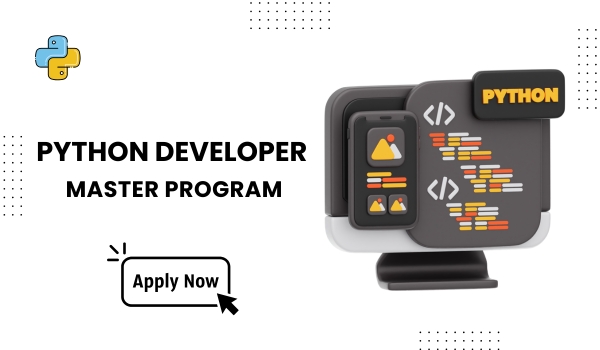
(4.9) 2345 ratings.


Next Batch Starts
Program Duration
Learning Format
GoLogica Academic's Master Program features a structured curriculum, paving the way to Global scope.
GoLogica having a 15+ years of experience on career transforming programs with industrial oriented Skills.
GoLogica Advanced Programs delivers cutting-edge AI Training, offering insights into the latest trends.
GoLogica emphasizes practical learning with exercises, projects to equip you with real world application.
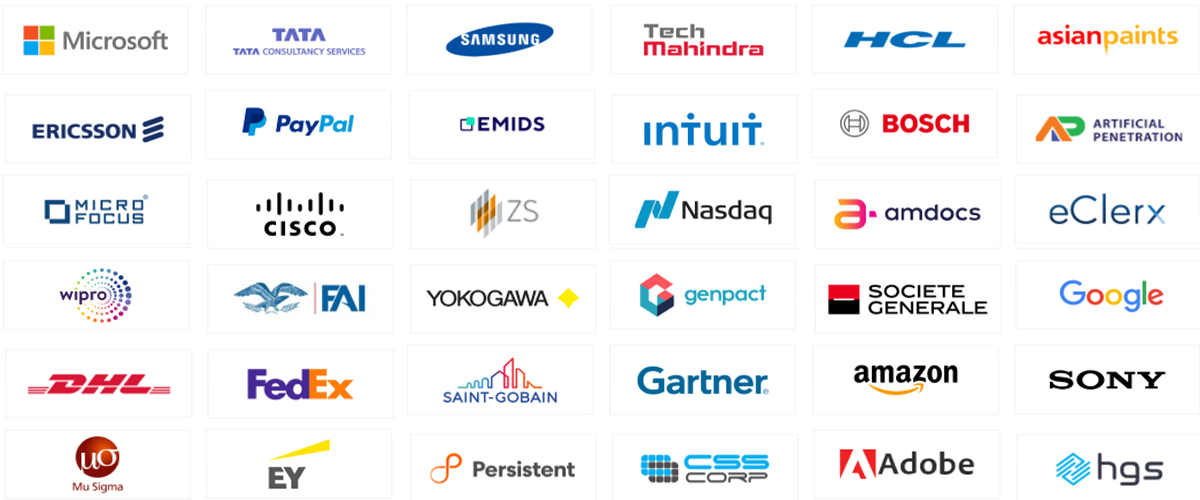
For the young developers, GoLogica training in Python Developer in Pune provides them with a high level of know-how that will build proficiency in Python and all the associated technologies. Reasons why it is so strong are the following: Versatile Relatively short development time Very high degree in readability where Python is used for web development automation and for data science and machine learning applications.
It covers everything from the most rudimentary concepts of Python to the complex, so any learner can get hooked. It starts with data types, loops, and functions and object-oriented programming within Python and then takes you on to more advanced material such as frameworks for web development (Django and Flask) and APIs.
In other words, this course provides you with essential practical experience. In other words, you are going to work on projects that are inspired or targeted to occur in the real world, like developing a web application, making some automated scripts, and doing data analysis. Which is going to expose you to building practical examples as well as build a portfolio in order to be able to communicate with the potential employer.
It introduces you to other libraries and frameworks of Python that are used for specific applications such as web scraping using Beautiful-soup for data scraping, working on GUIs through Tkinter, data manipulation using the Pandas library, work with databases using SQL, and adding the databases in your application, RESTful API basics and web services, etc.
At the end of this course, you'll be ready for jobs like a Python developer, backend developer, web developer, or even a software engineer. And this site will also help in job placement-type aspects as well as mock interviews when getting into the industry with not much hassle.
Whether you are a fresher graduate or looking forward to increasing your knowledge in terms of re-skilling, Python Developer course will guide you through the entire process of learning to compete with the industry's tough competitions. All the best to be on board with GoLogica as it trains you to be the ultimate master of Python, preparing you to thrive under all the modern day challenges that come during software development.
Python was mainly developed for emphasis on code readability, and its syntax allows programmer to express concepts in fewer lines of code.Python is considered a scripting, language like Ruby or Perl and is often used for creating Web applications and dynamic Web content.
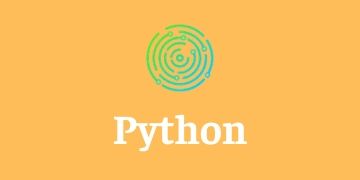
GoLogica provides Data Science with Python Training This course has been designed with a focus on quality and simplicity making it ideal for Beginners or for those looking for a refresher on Data Science with Python. It gives an engaging learning experience covering everything you need to know about Data Science.
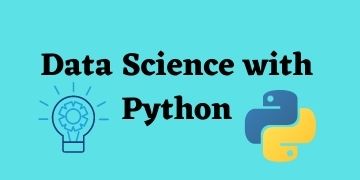
GoLogica offers high-quality Python Django Training, specifically designed to cater to both beginners and individuals seeking a refresher on Python Django. This comprehensive course aims to provide a simplified learning experience, ensuring a solid understanding of Python Django Development. Begin your learning journey with GoLogica's Python Django Training. Our online training course offers an excellent opportunity to delve into the world of Python Django.
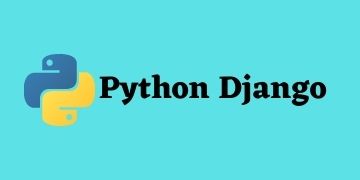
Programming Basics and Data Analytics with Python is a complete course offered by GoLogica. Learn the fundamentals of programming and data analytics using Python. Gain skills in programming fundamentals, data manipulation, statistical analysis, and data visualization.
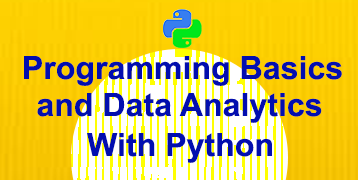
GoLogica provides online lessons to help you get better and advance in your work. Join our Python data science course to learn Python skills, work with data, and get better at stats and machine learning. Make cool pictures too Learn from teachers who know a lot, work on real projects, and grow in the world of data science. Come with us now for a practical learning session.
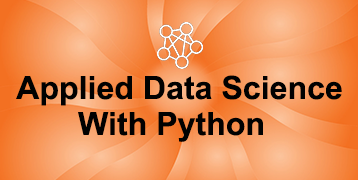


This will help you to better understand the Python.
you will be able to grow your career by broadening your proficiency in Python.
With this, the students will be able to decide their careers in the right way.
We Help with face-to-face interaction through mock interviews & Exams

Powered by
Paypal
Debit/Credit
UPI
GoLogica Python Developer Certification holds accreditation from major global companies worldwide. Upon completion of both theoretical and practical sessions, we offer certification to both freshers and corporate trainees. Our certification on Python Developer is recognized globally through GoLogica, significantly enhances the value of your resume, opening doors to prominent job positions within leading MNCs. Attainment of this certification is contingent upon the successful completion of our training program and practical projects.

The U.S. Bureau of Labor Statistics (BLS) forecasts a 17% increase in employment for Python developers from 2021 to 2031, significantly outpacing the average for all occupations. Additionally, Python Ventures predicts 3.8 million unfilled Python jobs worldwide by 2027.
According to the BLS, Python professionals are well-compensated. The median annual wage for an Python Developers was$98,378 to $176,210 PA, depending on factors such as experience, location, and specific job responsibilities.
Are you preparing for a interview? If yes, our expert tutors will help you with this.

240 learners (4.6) 12 Months View Program
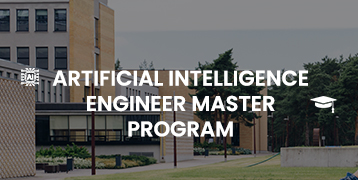
223 learners (4.5) 6 Months View Program
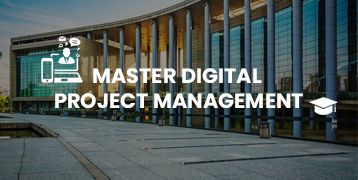
183 learners (4.7) 6 Months View Program
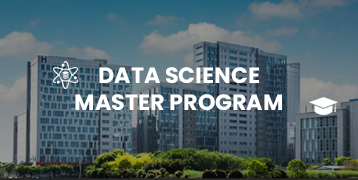
300 learners (5) 11 Months View Program